
Transforming a NC Miata into a vintage Aston look-alike
As Told by Jim Simpson of Simpson Design
Photos by Chuck Simpson and Jim Simpson
In my line of work as a car builder, it’s always interesting picking up the phone. I never know what I’ll hear. This time it was someone who wanted to take a virtually new Mazda Miata NC and turn it into something reminiscent of a DB4 GT with Zagato coachwork, one of the 19 original cars that Aston Martin built. So I worked up a design that would give him that feel and flavor, and with his approval, we began.
Starting with a very low-miles perfect Mazda Miata 3rd generation car (note that 1st and 2nd gen Miatas are more typical donors for project cars), we proceeded to remove the soft top, all of the bodywork and most of the interior. Pretty much anything that was bolted on came off and out of the car. Then we cut the rear fenders and rear panel out of the car so that the bottom of the trunk lid would line up with the floor of the trunk.
Starting with one of our SWB bodies, we cut and sectioned portions of the car to get a visual approximation of the GT Zagato lines. Then, using fiberglass and steel, we built a front body and hood with a grille opening that was reminiscent of the famous British coupe. We next seriously cut and sectioned an SWB roof and scratch-built all the window openings to approximate the look we were going for.
Knowing that glass was going to be an issue, we made plugs and molds for real glass side windows for the doors and quarter windows in the rear fenders, along with a new back light. The glass was masterfully created for us by Glass Armor LLC in California. The side windows are tempered glass and the quarters and rear windshield are laminated safety glass.
With the glasswork handed off, we focused next on making new door skins to tie the front and rear bodies together. We knew we’d have to change the way door handles worked and built bell cranks for the door inner workings so they would work with vintage door handles. The new door skins were to be bonded in place over the original steel door frames. There was no point in reinventing the wheel here, and it would give us more body side-impact structure for extra safety, too.
One of our goals in this project was to reuse as much of the original Mazda inner body workings as possible. For the electric window motors and regulators, we needed to make sure our side glass would be compatible with the Mazda side window geometry. We were able to preserve as well Mazda's small vent window glass, window tracks and rub strips. We also planned to reuse and modify the stock inner door panels and to engineer the door skins to work with the factory belt moldings.
To achieve an interior reminiscent of a period GT, much of the rework inside was done in very high-grade plywood and steel, covered in a Wilton-like carpet and leather. Seats would be critical in giving the car a vintage interior feel, so I went to my good friend Stephan at GTS Classic Seats in Texas (http://www.classiccarseats.com ) and explained to him what we were trying to accomplish. I sent him sketches of what I wanted and the leather sample that I picked out of the Veterans Trim book, along with interior seat dimensions. A couple of months later Stefan sent us two lovely ready-to-go seats that were bolted to the original Miata seat tracks ready to be installed in the car.
The client deliberated for a long time over wheels, deciding finally that he did in fact want wire wheels for the car. This proved to be quite a challenge since most of the bodywork at this point was done, and we had to make wheels that would fit within the confines of the body. We couldn’t use true knock-off rims as the offset with the hubs was too great, but our friends at Dayton Wire wheel came through for us with a lovely custom-built set of bolt-on wire wheels.
To keep with the inspiration of the DB4 GT, we needed covered headlights, so we created the forms for two-piece male and female press molds to be made in heavy fiberglass. I took the plugs over to Randy at Sunbacker Fiberglass (http://www.sunbacker.com) in Monroe, WA, who has been laying up our body panels for a number of years now. He fabricated polished molds that we sent to Mark Clapp, who made lovely PETG water-clear headlight lenses for us.
Needing just the right grille material, we called one of our favorite Aston Martin parts suppliers who has supplied us with parts for years of repairs and restoration work for our Aston clients. He had a small amount of DB4 grille material on the shelf, just enough to make one grille section so there could be no mistakes in cutting it, and I scratch-built the grille surround to go with it.
Once the exterior body plug was finished, the car went back over to Randy at Sunbacker Fiberglass, who made body tooling and then hand-laid a set of panels for us. The car came back and we removed all the body-plug parts on the car and fitted the new lightweight panels.
About the time we had all the panels fitted, the new glass arrived and we were able to test-fit the glass to make sure it was going to work. Again, good planning yielded a good result—everything fit just fine.
Time to complete the bodywork, prefit all the trim, lighting and light covers, and off to paint. The car was finished in a color very similar to that used on Aston Martins, with the addition of two custom stripes that the client wanted.
Once painted, the car headed for upholstery for carpets, rear cabin trim and headliner. When it returned, we fitted the seats, lights and trim, adjusted the headlight aim, and cut and buffed the paint. A final clean and detail, and the car was ready to ship to the client.
After spending nearly two years building this creation, it seemed only fitting to be able to show it off at least one time, so we took it to Cars and Coffee with the Whidbey Island Sports Car Club and a photo shoot the weekend before shipping it to the client.
Now on to another project, as it turns out, with the same happy client. This time it’ll be a reproduction of the 1957 Lotus 11 with Ghia Aigle coachwork.

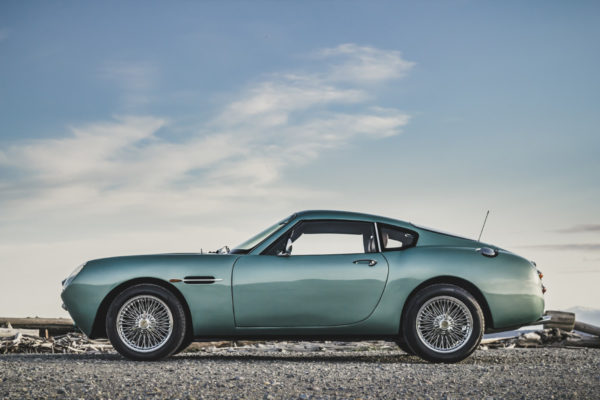
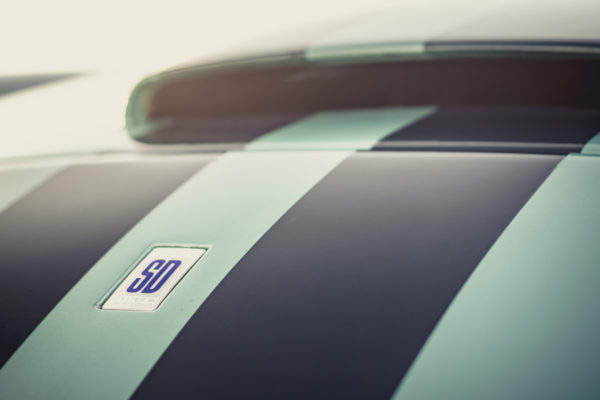
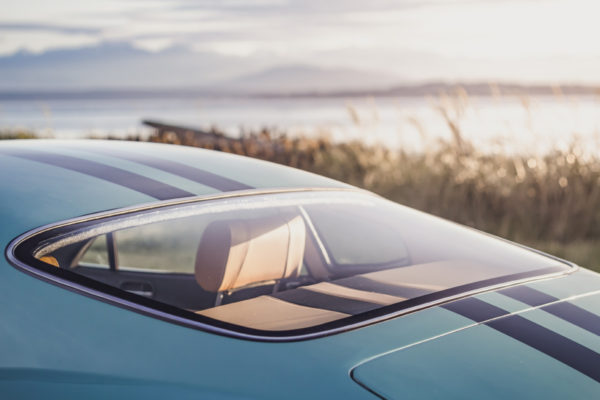
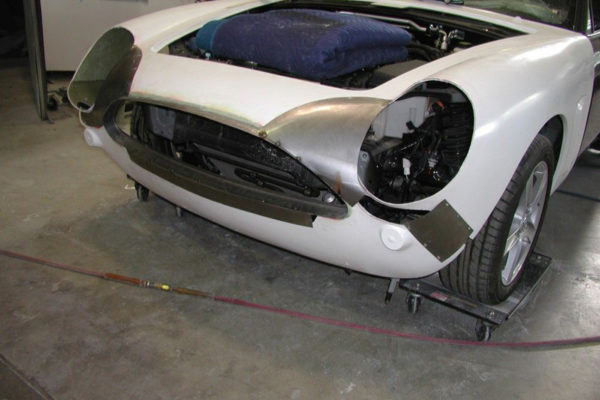
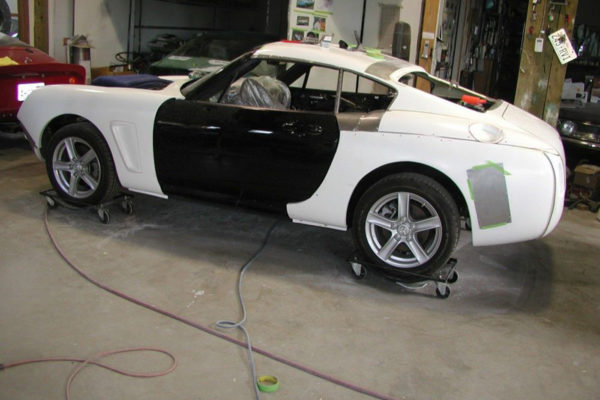
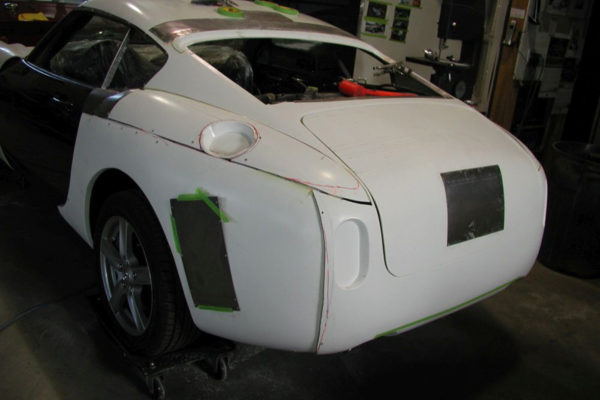
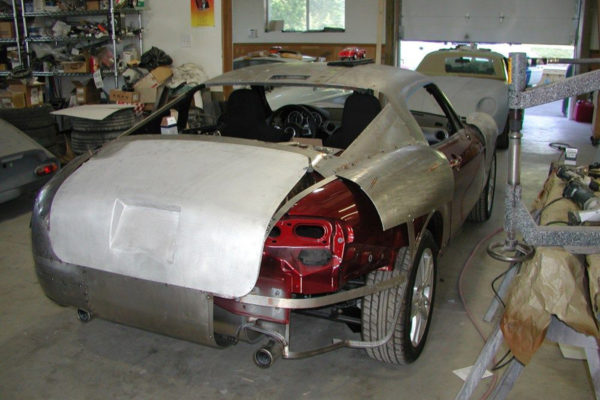
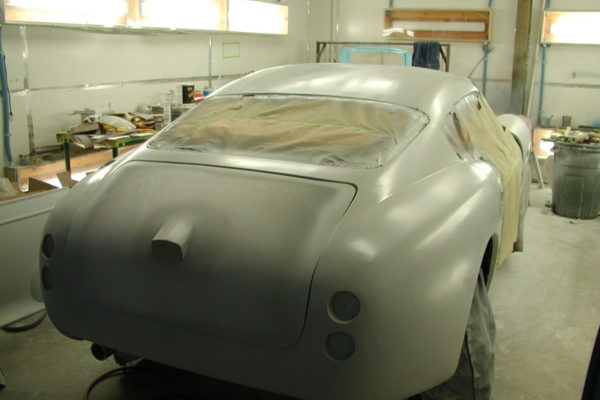
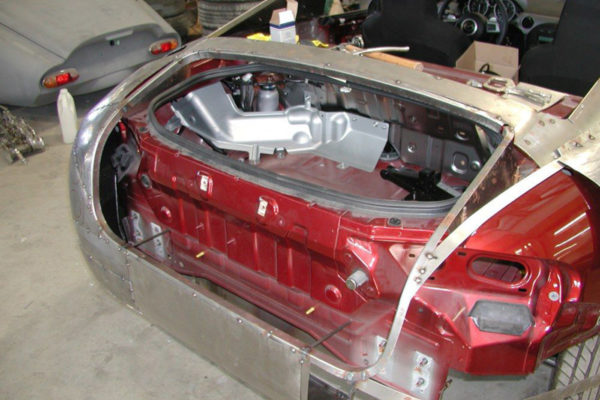
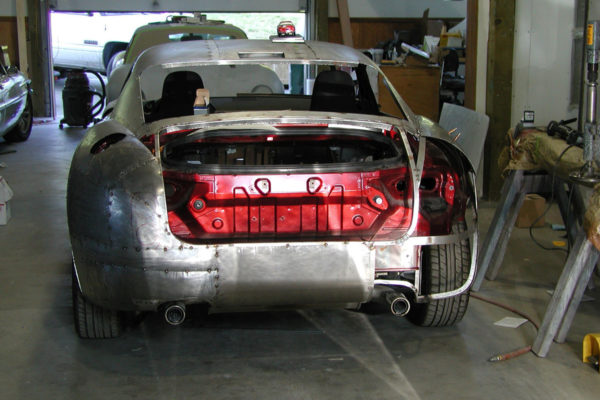
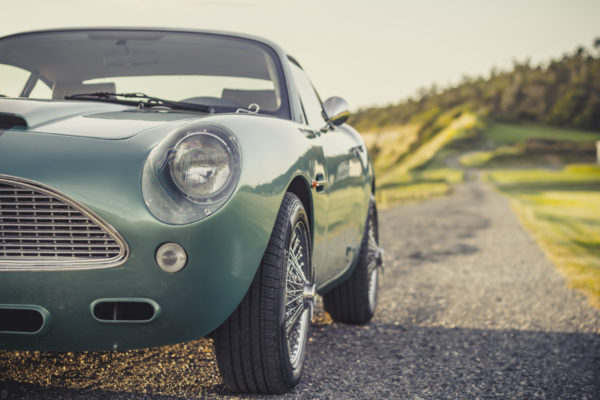
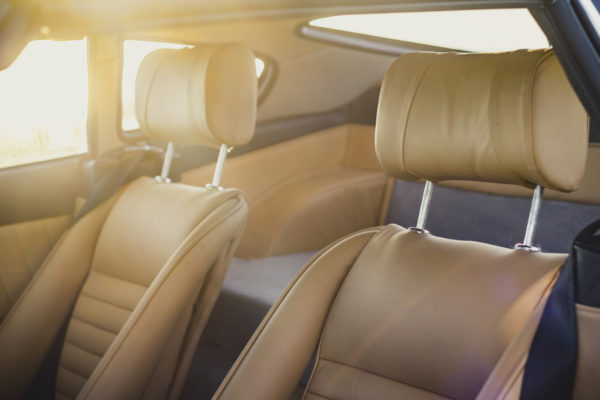

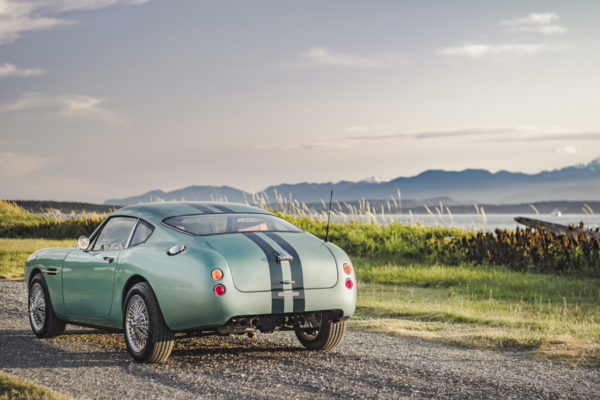
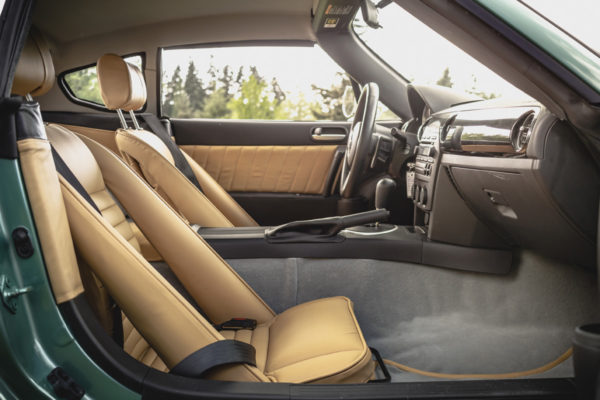
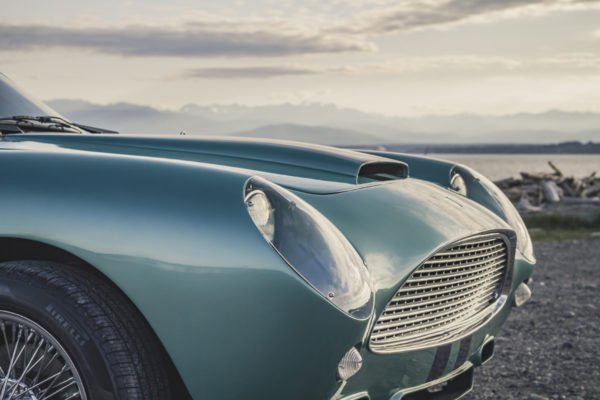
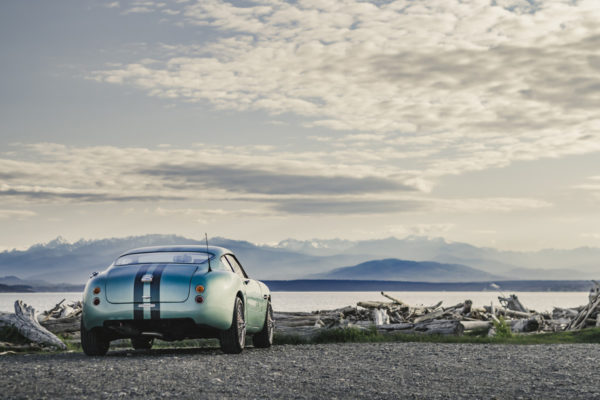
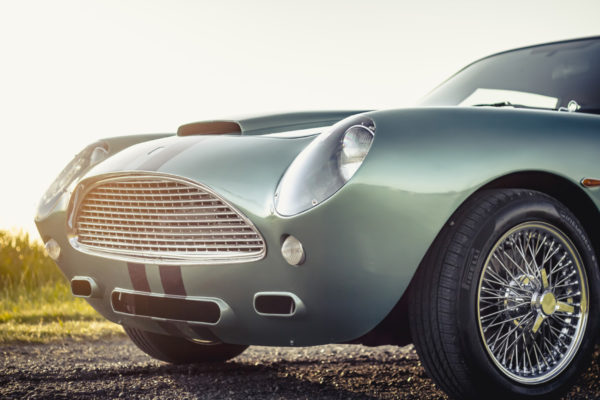
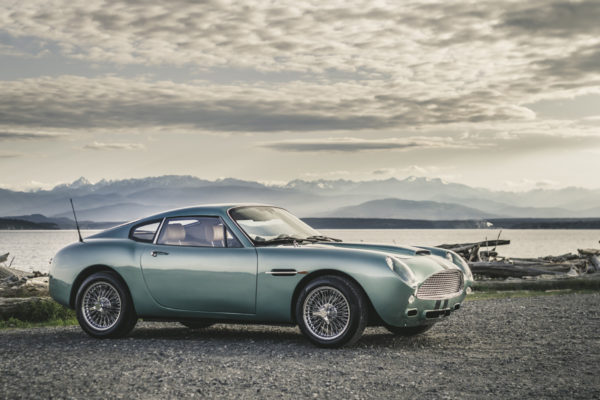
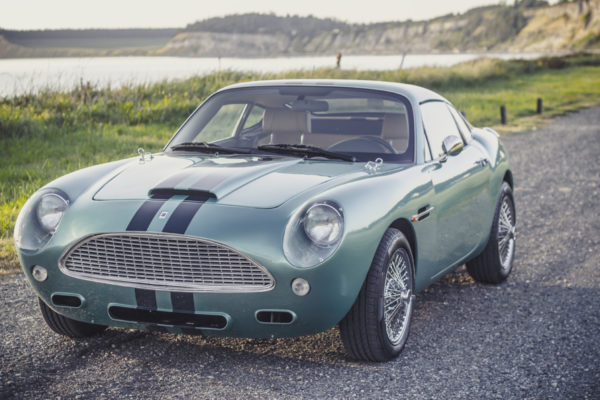
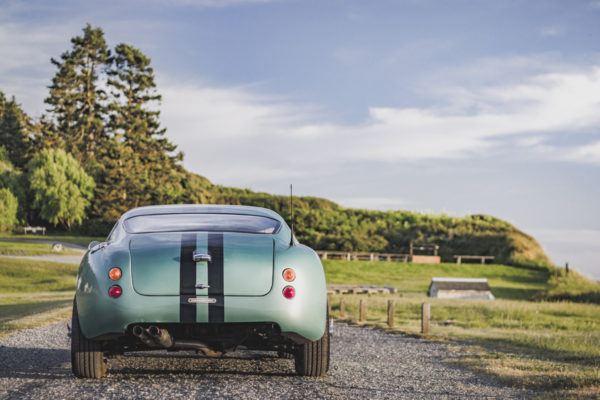
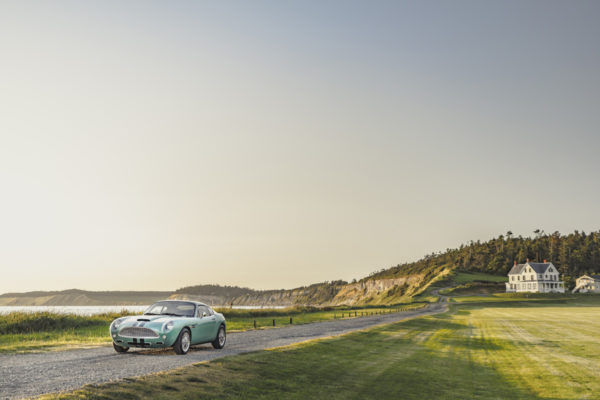
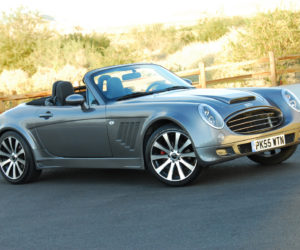
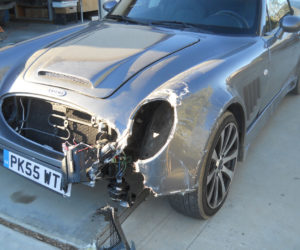
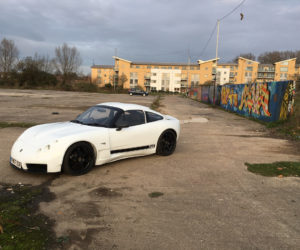
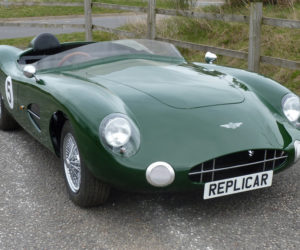
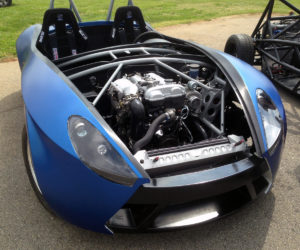
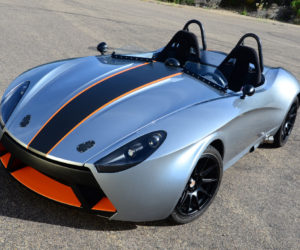




Comments for: AMAZING MAZDA
comments powered by Disqus